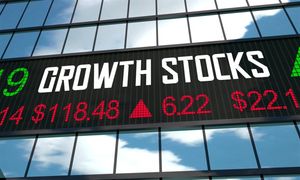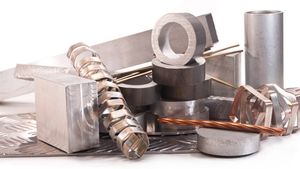
Healthcare services company Chemed Corporation (NYSE: CHE) met Wall Street’s revenue expectations in Q2 CY2025, with sales up 3.8% year on year to $618.8 million. Its non-GAAP profit of $4.27 per share was 14.3% below analysts’ consensus estimates.
Is now the time to buy Chemed? Find out by accessing our full research report, it’s free.
Chemed (CHE) Q2 CY2025 Highlights:
- Revenue: $618.8 million vs analyst estimates of $617.1 million (3.8% year-on-year growth, in line)
- Adjusted EPS: $4.27 vs analyst expectations of $4.98 (14.3% miss)
- Adjusted EBITDA: $95.33 million vs analyst estimates of $107.8 million (15.4% margin, 11.6% miss)
- Operating Margin: 11%, down from 14.8% in the same quarter last year
- Free Cash Flow Margin: 24.5%, up from 11.2% in the same quarter last year
- Market Capitalization: $6.79 billion
Kevin J. McNamara, Chemed’s Chief Executive Officer said, “Nick has evolved, transformed and cultivated the organization to be well positioned for the future and has elevated VITAS' leadership in the industry over the last thirteen years. We thank him for his service and wish him well in his next pursuits.”
Company Overview
With a unique business model combining end-of-life care and household services, Chemed (NYSE: CHE) operates two distinct businesses: VITAS, which provides hospice care for terminally ill patients, and Roto-Rooter, which offers plumbing and water restoration services.
Revenue Growth
A company’s long-term sales performance can indicate its overall quality. Any business can experience short-term success, but top-performing ones enjoy sustained growth for years. Unfortunately, Chemed’s 4.4% annualized revenue growth over the last five years was mediocre. This fell short of our benchmark for the healthcare sector and is a poor baseline for our analysis.

We at StockStory place the most emphasis on long-term growth, but within healthcare, a half-decade historical view may miss recent innovations or disruptive industry trends. Chemed’s annualized revenue growth of 7.2% over the last two years is above its five-year trend, but we were still disappointed by the results. 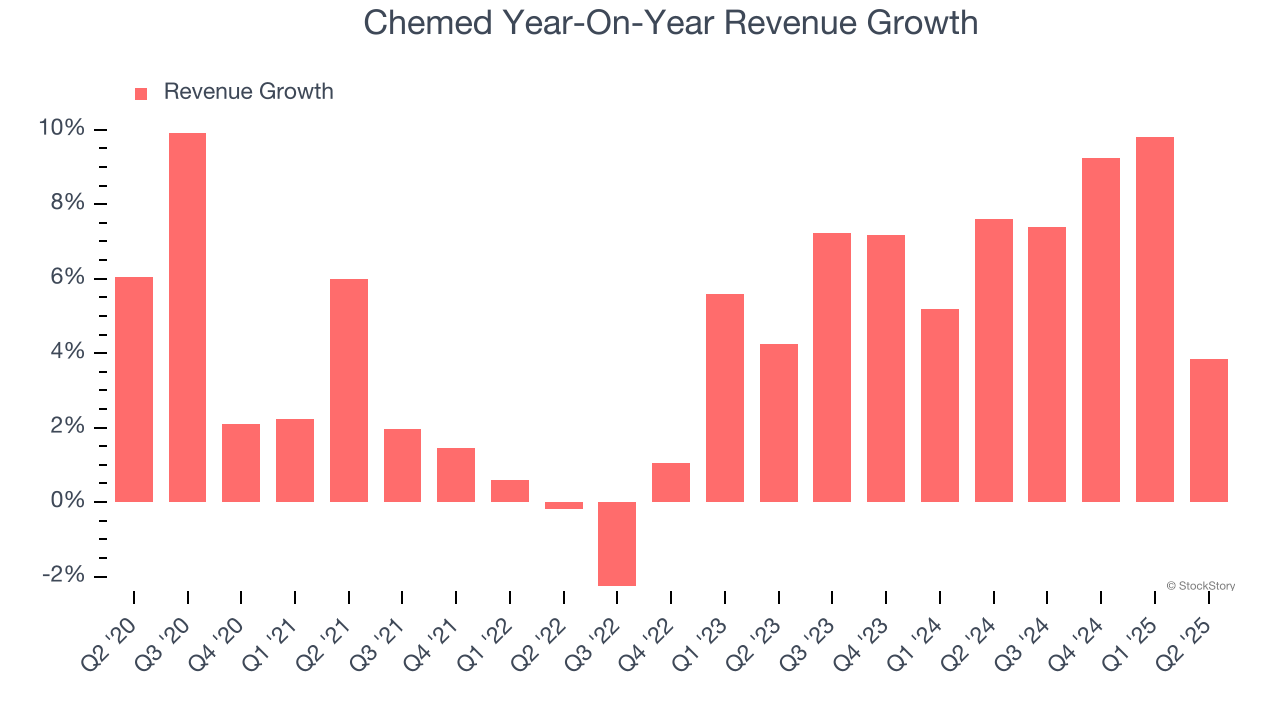
This quarter, Chemed grew its revenue by 3.8% year on year, and its $618.8 million of revenue was in line with Wall Street’s estimates.
Looking ahead, sell-side analysts expect revenue to grow 5% over the next 12 months, a slight deceleration versus the last two years. This projection is underwhelming and implies its products and services will see some demand headwinds.
Here at StockStory, we certainly understand the potential of thematic investing. Diverse winners from Microsoft (MSFT) to Alphabet (GOOG), Coca-Cola (KO) to Monster Beverage (MNST) could all have been identified as promising growth stories with a megatrend driving the growth. So, in that spirit, we’ve identified a relatively under-the-radar profitable growth stock benefiting from the rise of AI, available to you FREE via this link.
Operating Margin
Operating margin is an important measure of profitability as it shows the portion of revenue left after accounting for all core expenses – everything from the cost of goods sold to advertising and wages. It’s also useful for comparing profitability across companies with different levels of debt and tax rates because it excludes interest and taxes.
Chemed has managed its cost base well over the last five years. It demonstrated solid profitability for a healthcare business, producing an average operating margin of 15.7%.
Analyzing the trend in its profitability, Chemed’s operating margin decreased by 2.7 percentage points over the last five years. This raises questions about the company’s expense base because its revenue growth should have given it leverage on its fixed costs, resulting in better economies of scale and profitability.
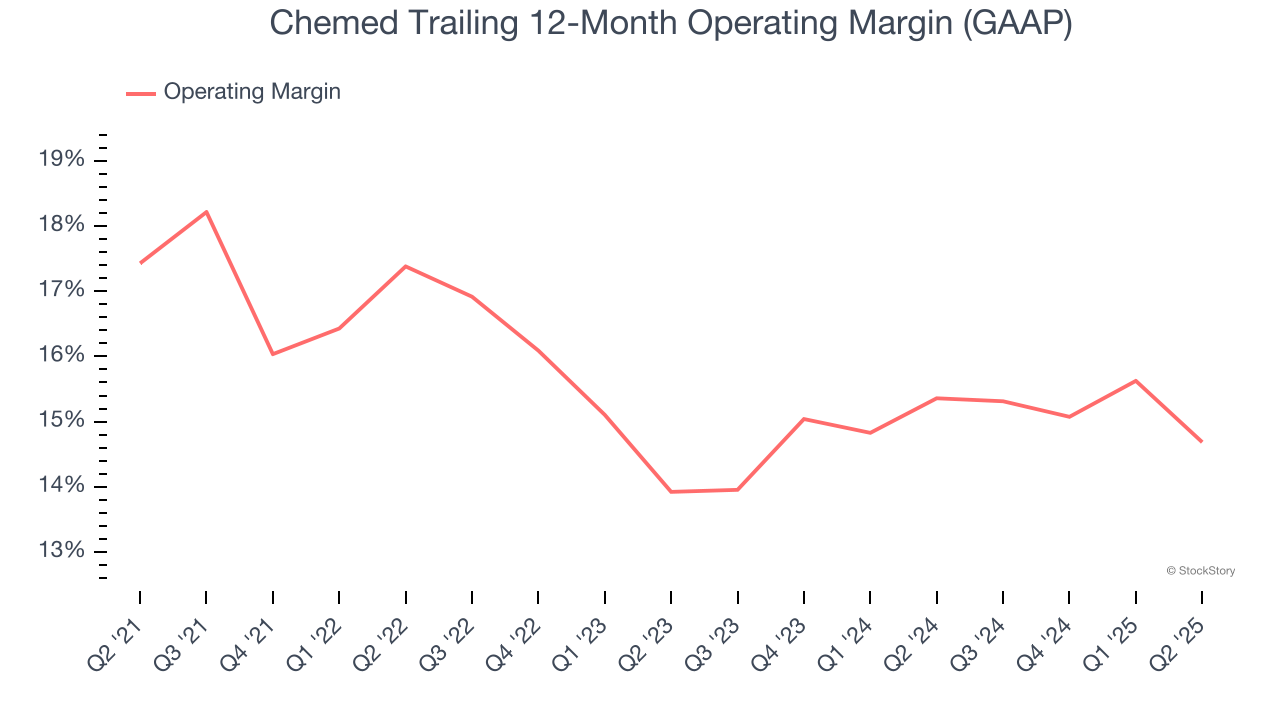
In Q2, Chemed generated an operating margin profit margin of 11%, down 3.8 percentage points year on year. This contraction shows it was less efficient because its expenses grew faster than its revenue.
Earnings Per Share
Revenue trends explain a company’s historical growth, but the long-term change in earnings per share (EPS) points to the profitability of that growth – for example, a company could inflate its sales through excessive spending on advertising and promotions.
Chemed’s EPS grew at a solid 7.2% compounded annual growth rate over the last five years, higher than its 4.4% annualized revenue growth. However, this alone doesn’t tell us much about its business quality because its operating margin didn’t improve.

Diving into the nuances of Chemed’s earnings can give us a better understanding of its performance. A five-year view shows that Chemed has repurchased its stock, shrinking its share count by 10.2%. This tells us its EPS outperformed its revenue not because of increased operational efficiency but financial engineering, as buybacks boost per share earnings. 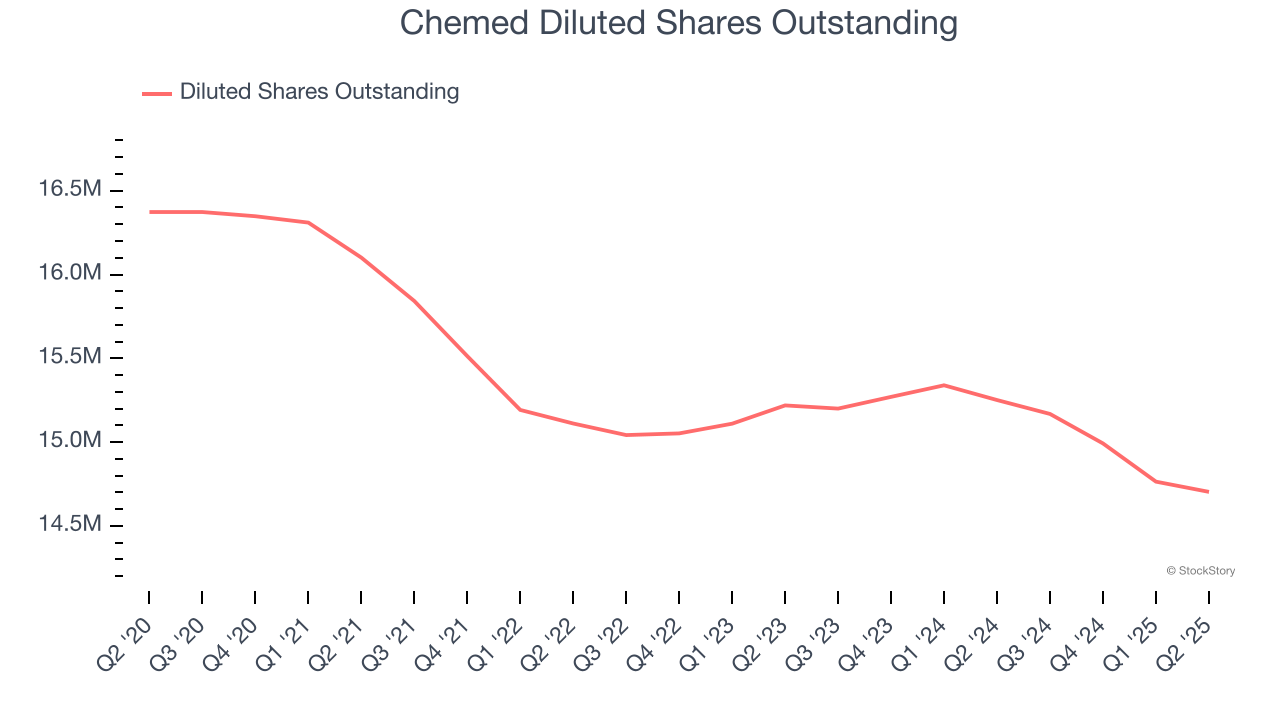
In Q2, Chemed reported EPS at $4.27, down from $5.47 in the same quarter last year. This print missed analysts’ estimates, but we care more about long-term EPS growth than short-term movements. Over the next 12 months, Wall Street expects Chemed’s full-year EPS of $22.37 to grow 11.8%.
Key Takeaways from Chemed’s Q2 Results
We struggled to find many positives in these results. EPS in particularly missed by a meaningful amount. Overall, this was a softer quarter. The stock traded down 5.3% to $442 immediately following the results.
The latest quarter from Chemed’s wasn’t that good. One earnings report doesn’t define a company’s quality, though, so let’s explore whether the stock is a buy at the current price. When making that decision, it’s important to consider its valuation, business qualities, as well as what has happened in the latest quarter. We cover that in our actionable full research report which you can read here, it’s free.
